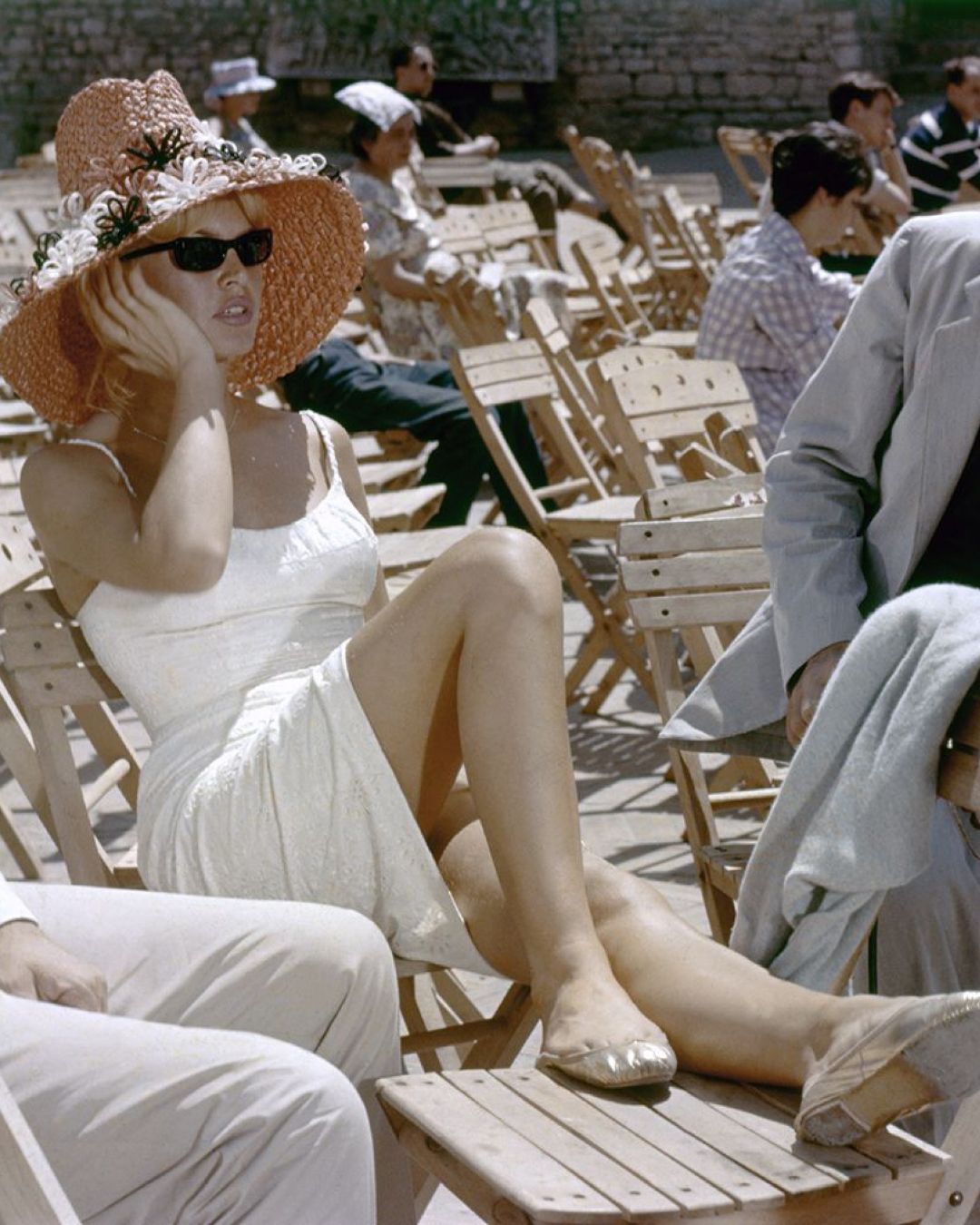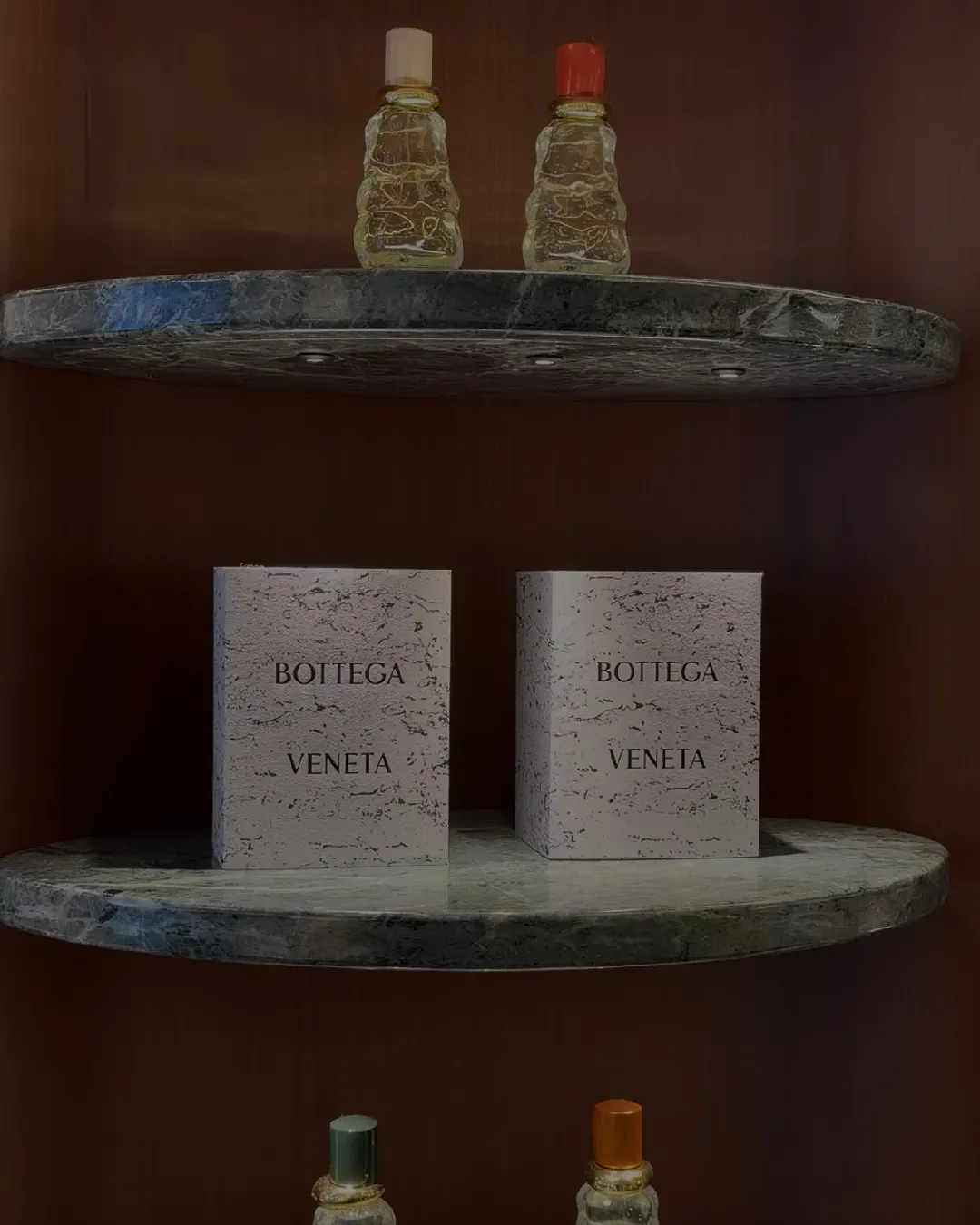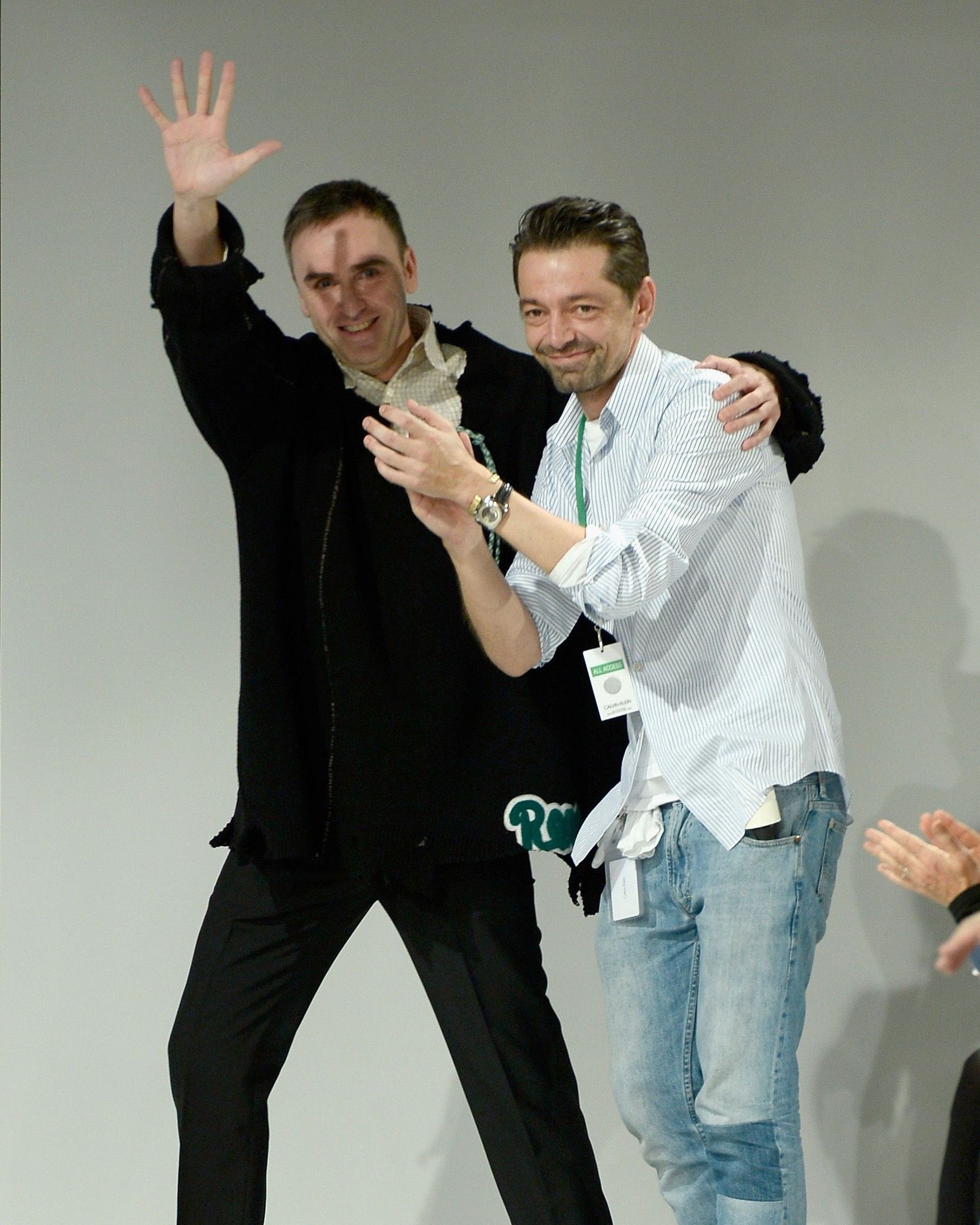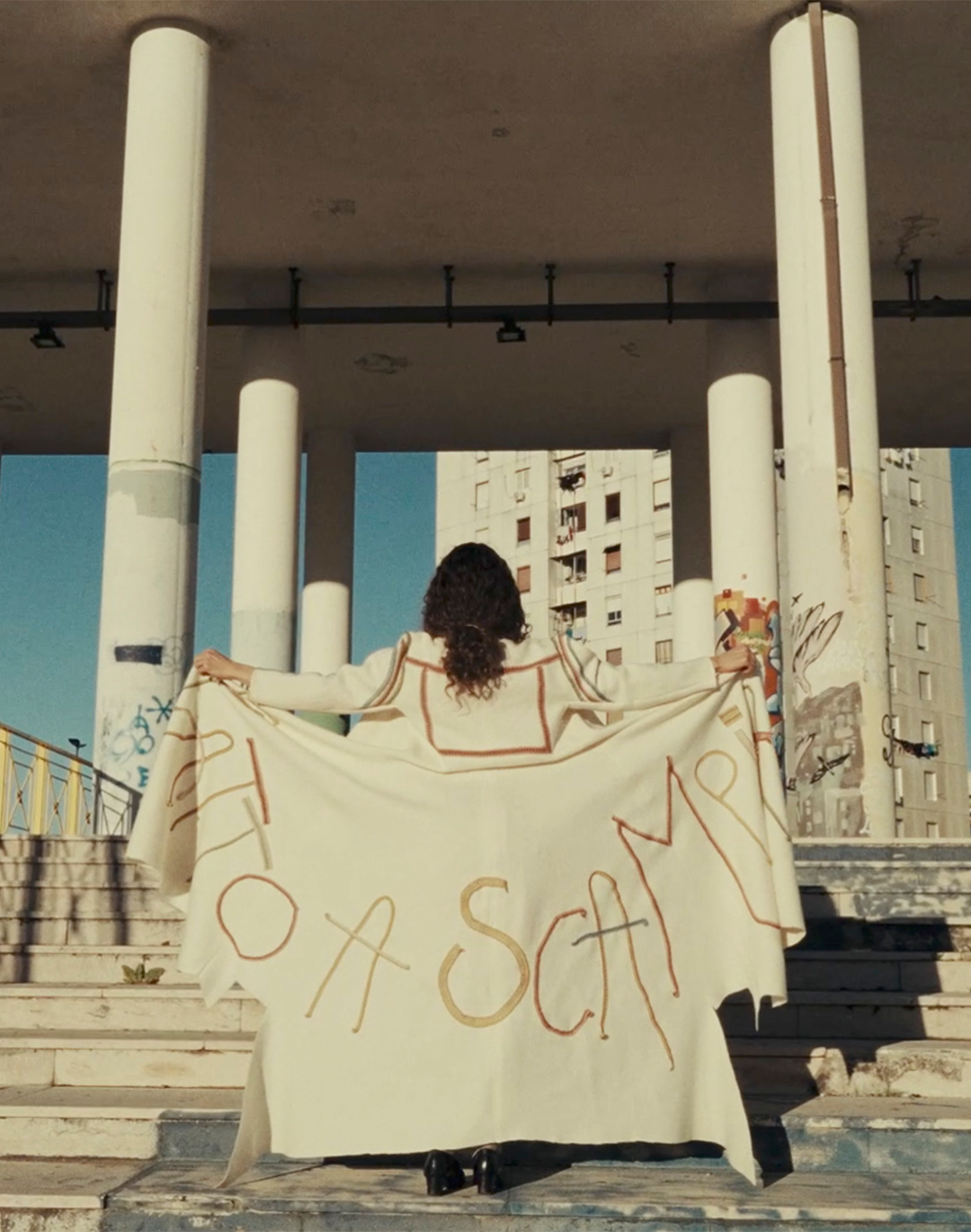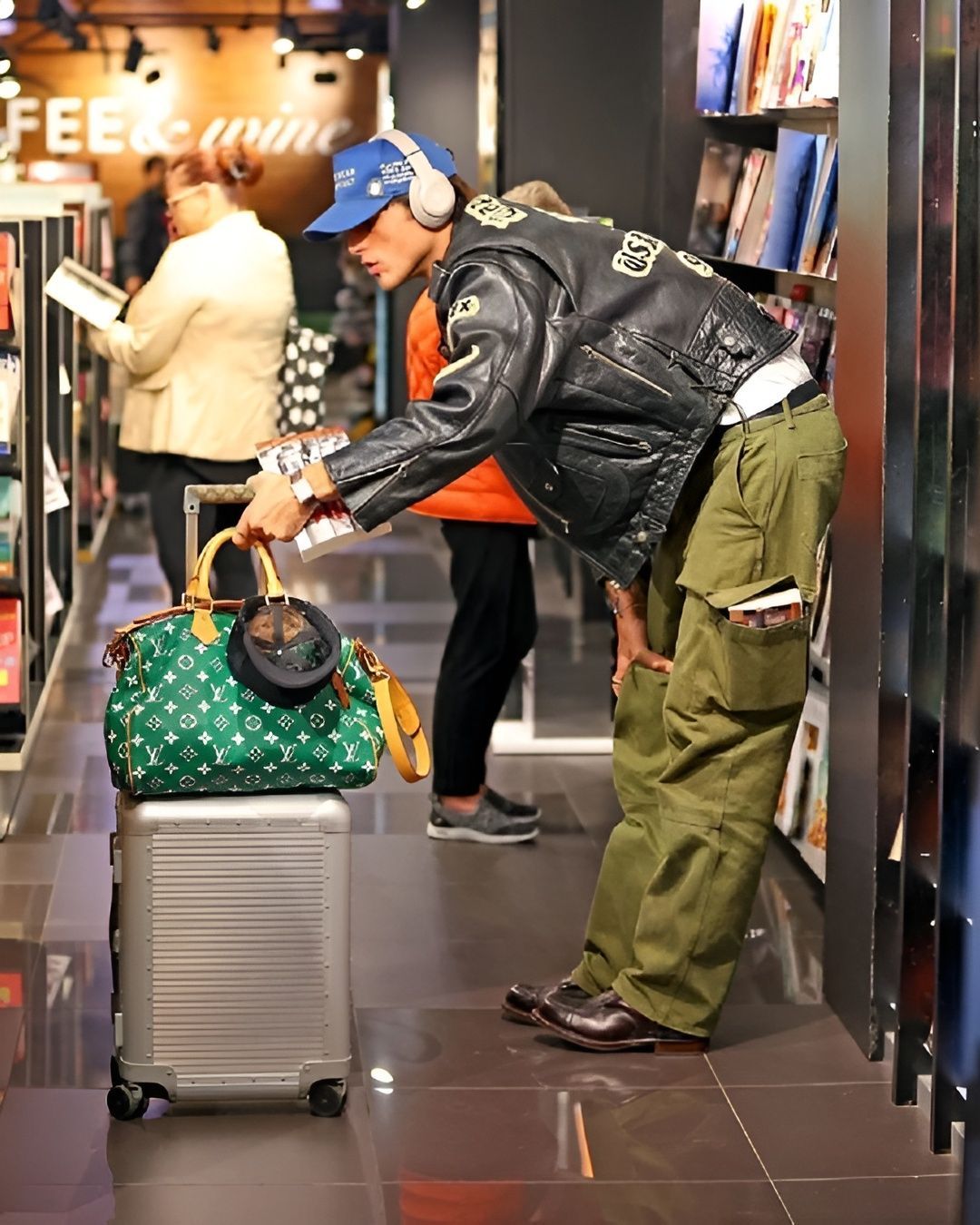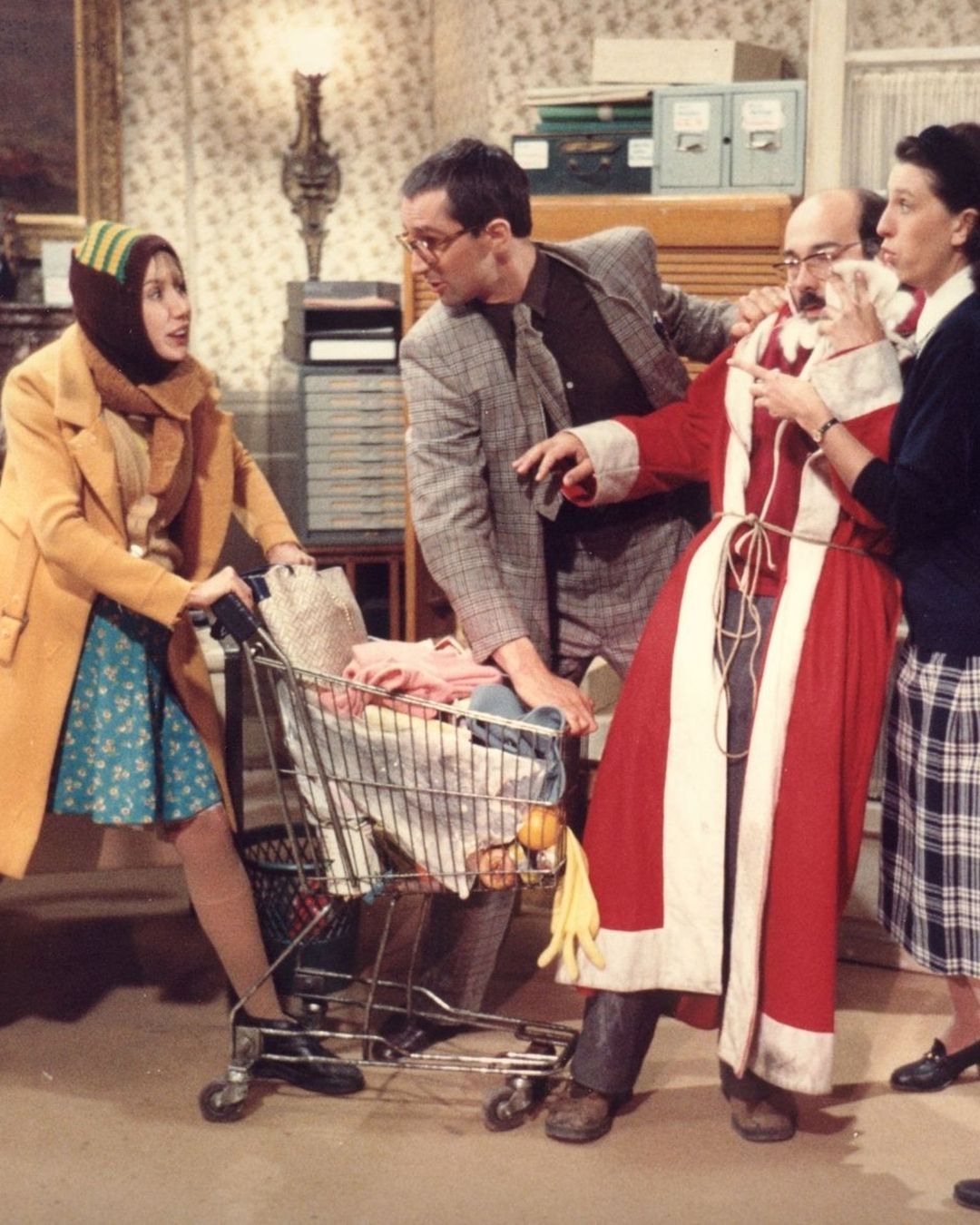
Milan wants to help the under-35s with rent But for young workers and students the rent bonus is not enough
Yesterday afternoon, the Municipality of Milan announced its intention to help young workers under 35 with a bonus to cover the cost of the expensive – indeed, extremely expensive – rents in the Lombard capital. The news was immediately welcomed with enthusiasm on social media, so much so that it caused a temporary crash of the Municipality's website due to the huge amount of traffic generated by users interested in the initiative. However, after a more in-depth reading of the requirements to access the contribution, many users expressed their disappointment, complaining that Palazzo Marino’s efforts in the fight against expensive rents are negligible. According to the notice, the bonus is reserved exclusively for individuals with a work contract in Milan signed no earlier than 2023, with an ISEE (Equivalent Economic Situation Indicator) less than or equal to 26,000 euros and proven residence of at least six months in the property for which the financial aid is being requested. To make matters worse, the maximum contribution allowed amounts to 2,400 euros, a figure that in Milan would only cover a few months' rent. In an official statement, the councillor for public residential housing, Fabio Bottero, commented on the initiative as follows: «This measure is part of the response that the Municipality of Milan is implementing to provide concrete help to citizens who struggle to bear the costs of rent in the private market, starting with young people at their first job.»
spaziosa camera arredata in centro a milano luminosa dotata di tutti i comfort necessari a soli 950€ spese escluse no perditempo grazie https://t.co/ofa54qPW7A
— chiara (@doppi0taglio) September 27, 2024
The criticisms directed at the Municipality regarding the rent crisis are numerous and mainly concern the major contradictions surrounding Milan's policy choices. On the one hand, the city administration seems to want to tackle the cost of living by representing the difficulties faced by young workers and out-of-town students with initiatives like the rent bonus; on the other hand, the billions of euros invested in organizing the 2026 Milan-Cortina Winter Olympics show that priorities lie elsewhere. Over the past year, the Municipality has promised several projects to lower the cost of living in the city, including the creation of social housing, new student accommodations, and measures to curb the skyrocketing prices caused by Milan’s housing bubble. At the same time, the construction of the Olympic Village has already sparked fears and concerns (not just about the structure's aesthetics) about the increasingly tangible risk of gentrification, especially in historically working-class neighborhoods of Southern Milan, an area characterized by lower average incomes compared to the rest of the city. Despite official promises to redevelop these neighborhoods and assurances about the beneficial effects the event will bring to the entire community, many citizens fear that the only real beneficiaries of the Olympics will be real estate investors and large private companies, while residents and workers risk being excluded from the urban fabric. In such a context, the contradiction between the announcement of small rent aids and the large investments tied to the Olympics clearly reveals the hypocrisy of the administration, once again raising increasingly urgent questions about the actual political will to address and resolve the structural problem related to the price per square meter in Milan. In any case, although small, the new bonus still represents a first step toward change.


